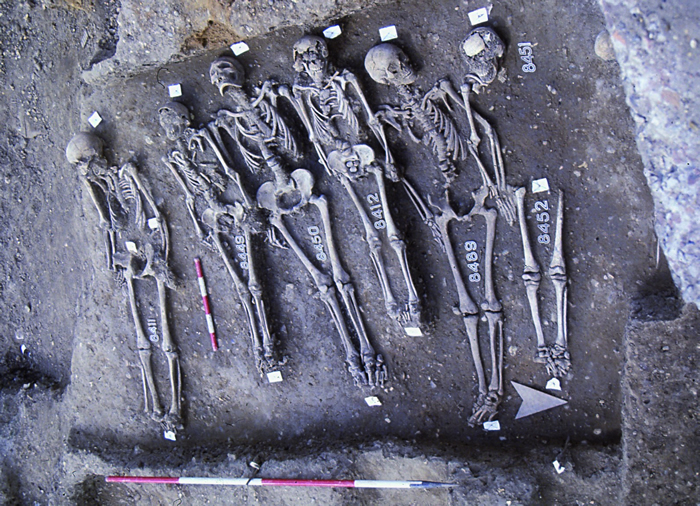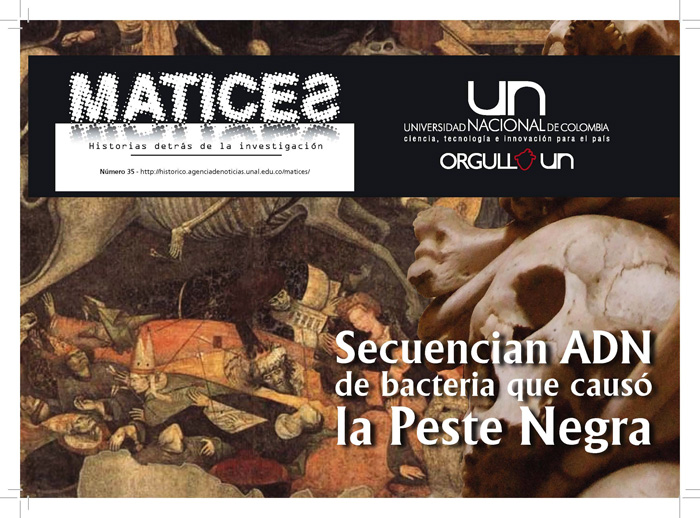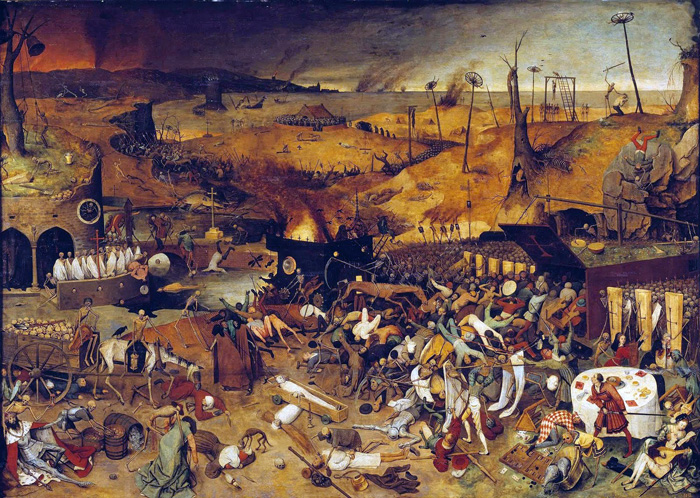This is the new chronic of the most recent issue of Matices. Historias detrás de la investigación, published at Universidad Nacional de Colombia. On this issue, in addition to the scientific advancements related to the discovery, aspects of the Middle Age, an epoch in which, according to calculations, 25 million Europeans died due to this disease, are mentioned.
Burbano"s technique was to extract DNA from the victims" teeth that died due to the disease, who were exhumed from the East Smithfield London cemetery (England), to generate genomic libraries, which are database where genetic information is stored. Base on this libraries, he can "fish" the DNA of old strains of the bacteria Yersinia pestis, and compare them to current samples.
One of the outcomes of this comparison was that the bug has not evolved that much since it caused the epidemics in 1348. The question for the researchers was: what made the Black Plague so lethal in the 14th century, if the microorganisms that caused the disease preserve all its characteristics in the present"
One of the possible answers is that there are different factors that influenced the severity of the infection. Several factors can be mentioned such as genetic variation present in the different human population affected, the weather, the dynamic of the disease vectors (fleas and black rats), the social conditions, and the synergic interaction among different diseases.
"if genetic variables exist between those humans who survived the Plague and those who died due to the disease, then this is a question that could be scientifically answer by characterizing genetically fossil remains in different cemeteries in Europe," explained Burbano. Other details of this important scientific labor can be found in the 35th issue of Matices, or on its online version in the following link
 Correo Electrónico
Correo Electrónico
 DNINFOA - SIA
DNINFOA - SIA
 Bibliotecas
Bibliotecas
 Convocatorias
Convocatorias
 Identidad UNAL
Identidad UNAL






